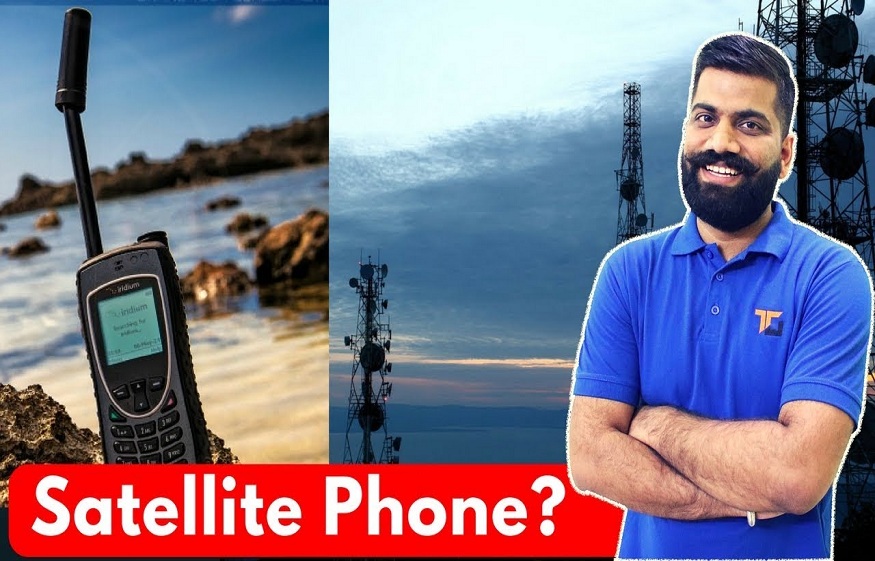A Clear Description of Satellite Phone Features
Technological innovators are working hard to ensure they develop gadgets that can pass information from one person to the other instantly. However, there comes a time when your smartphones, computers, and landlines cannot be relied on for communication, for instance, when a storm damages electrical wires and phone cables. This is where a satellite phone comes in handy.

The Features
You should first consider checking out the sat phone plans in your area, especially if you are a first-time user. Next, you need to understand the outstanding features of such a device, as discussed below:
Global Coverage
Many people perceive that all satellite phones offer global coverage, but that is not the case. Dead spots may be brought about by obstacles, such as walls, trees, and mountain ranges. Moreover, the coverage depends on the satellite’s constellation design.
Antenna
All sat phones come with an external antenna that you must stretch out to receive or make a call. If the antenna is retracted, the device will not function properly, considering the propagation of radio waves and the frequencies used.
Sound Quality
The voice quality on a sat phone may be lower than that of a standard smartphone because these devices have a lower bandwidth to help cut down on power requirements. You may also experience latency when using a satellite phone.
Calling Costs
The cost of making a call from a public phone to a sat phone can be high, but it depends on the service provider and the pricing plan. Sometimes, you may be charged ten dollars per minute to make such a call.
Design
Sat phone designs are pretty similar to those of convectional cellphones, but some are smaller and lighter. However, the designs may vary in terms of antennas, soft buttons, options, and displays.
The use of satellite phones has picked up speed in the last few years. These devices come in handy, especially in remote areas and during emergencies like earthquakes, landslides, floods, and hurricanes.



